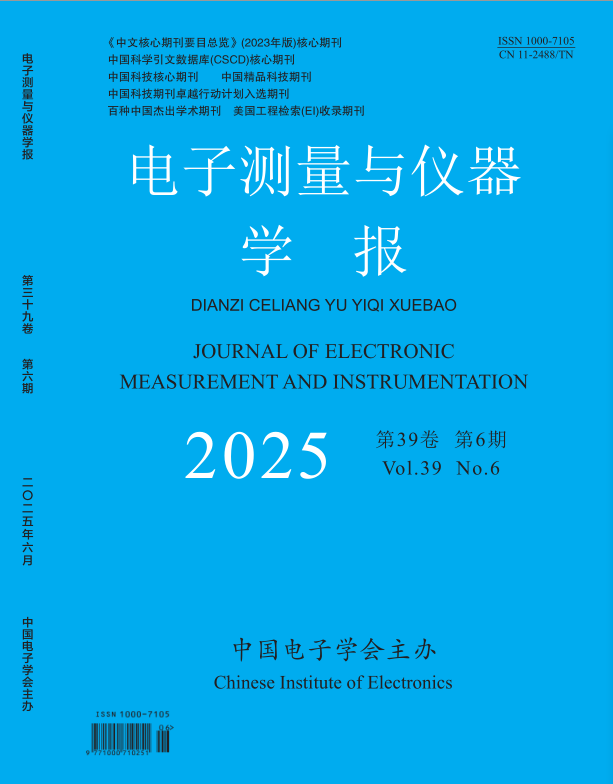2020, 34(9):62-68.
Abstract:The purpose of the most traditional intersection signal is to improve the traffic efficiency of vehicles, without considering the
pedestrian factors at the intersection and vehicle exhaust emissions, it is easy to cause traffic accidents and aggravate environmental
pollution. On the basis of the improved Webster delay model, proposing a multi-objective function with vehicle delay, pedestrian delay,
parking rate, traffic capacity and exhaust emission as the optimization index. Using the improved PSO algorithm to find the optimal signal
period for the established multi-objective function, and then using the flow ratio calculation formula to find the red and green phases Light
time. The use of this timing scheme can reduce vehicle delays by 18. 7%, parking rate by 15. 9%, pedestrian delays by 17. 8% and
exhaust emissions by 38% during peak periods of traffic flow. At peak periods, vehicle delays can be reduced by 11. 6%, parking rate
by 6. 9%, capacity by 8%, pedestrian delays by 28. 6% and exhaust emissions by 5. 6%. Using this timing scheme of this subject can
improve road capacity, reduce traffic accidents, reduce exhaust emissions and reduce road congestion to a certain extent.
